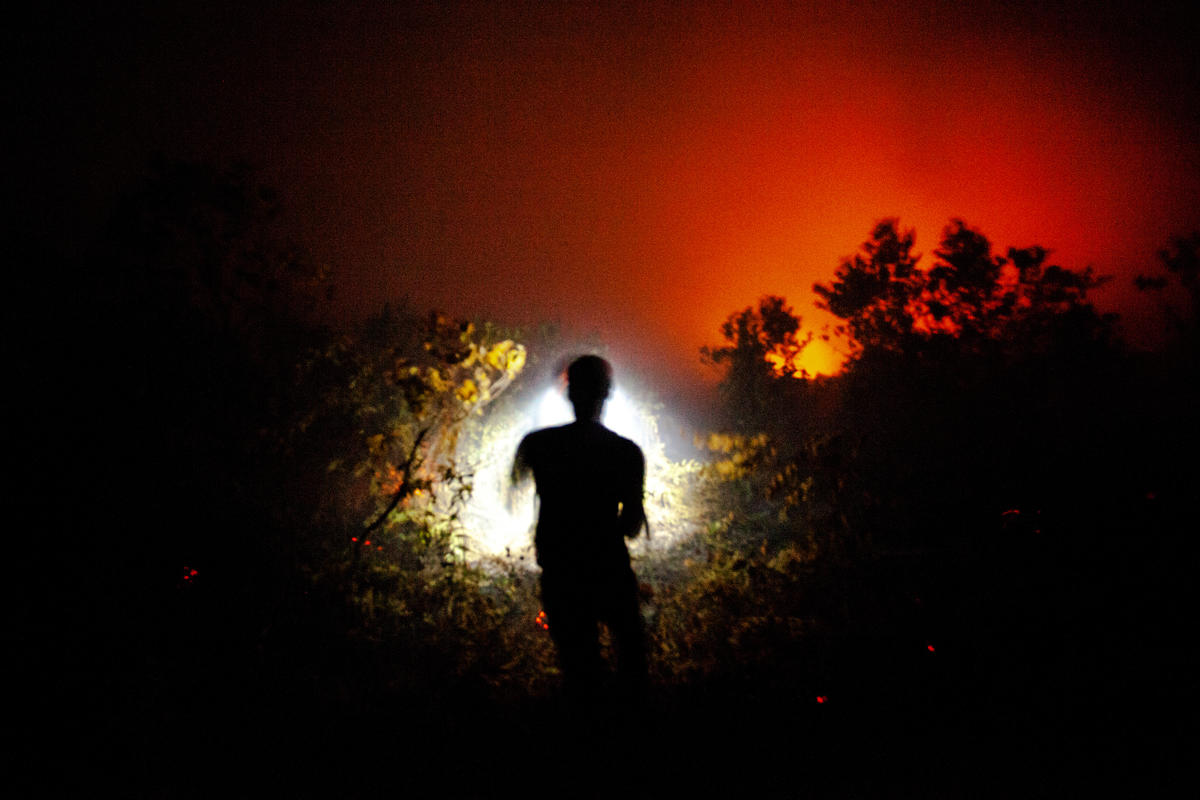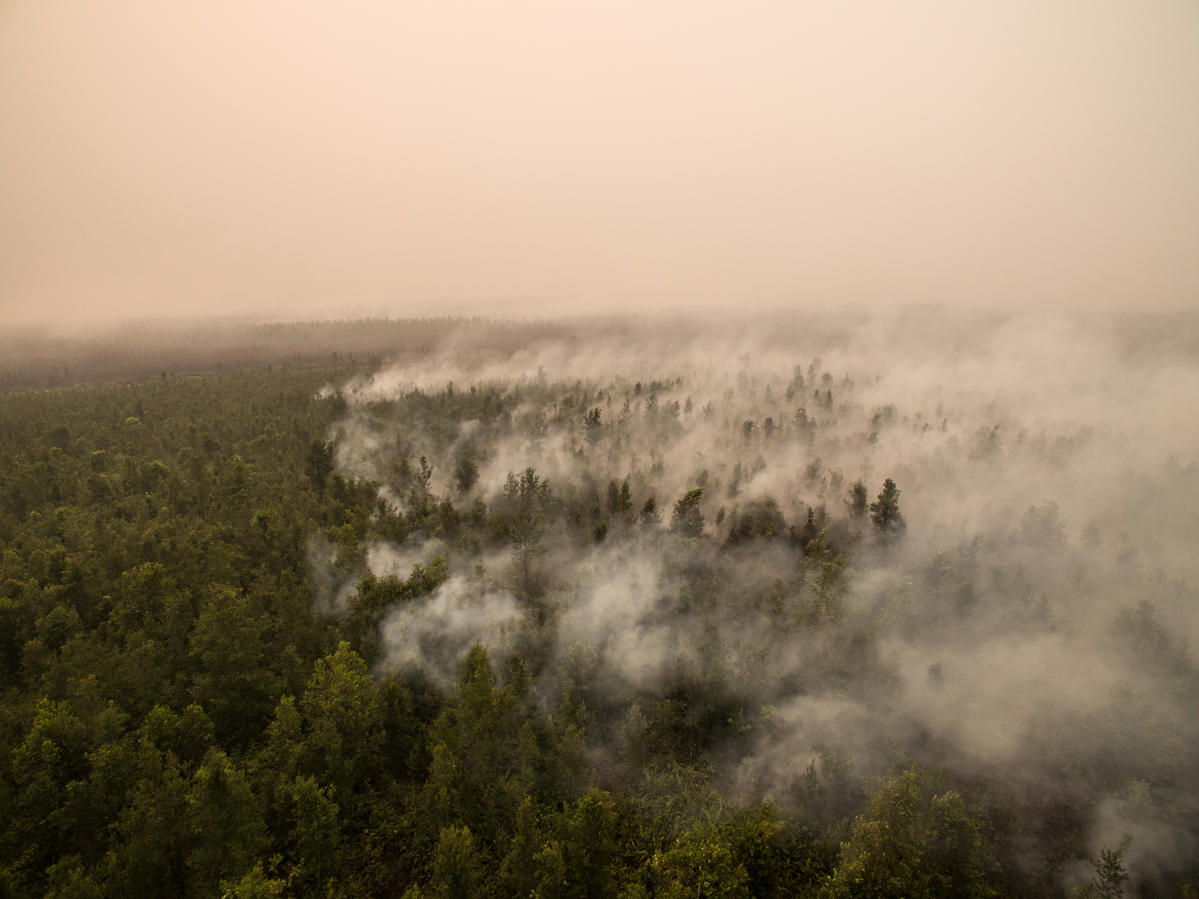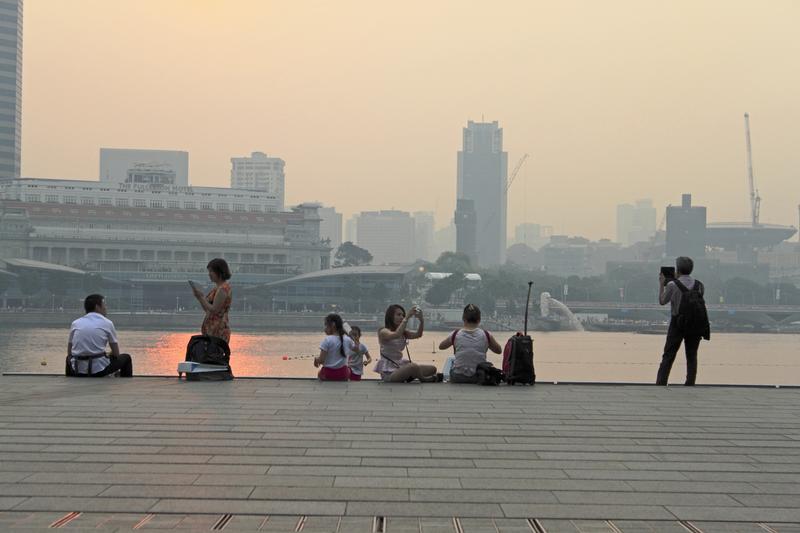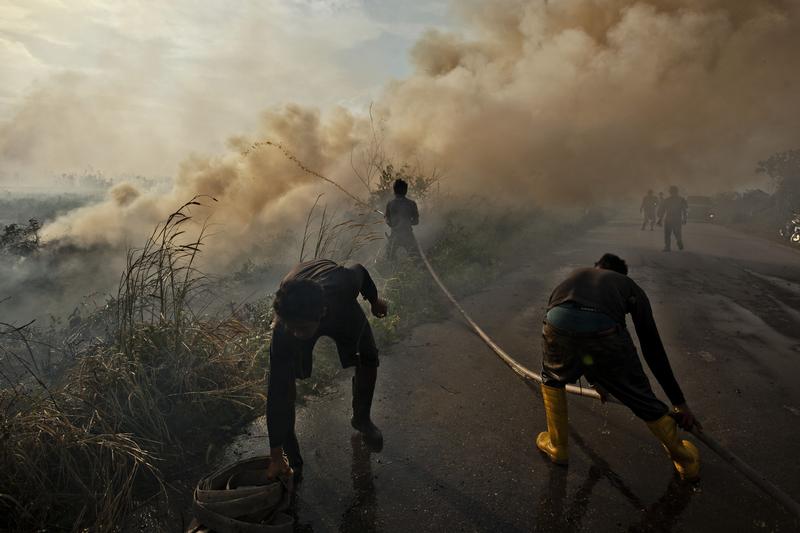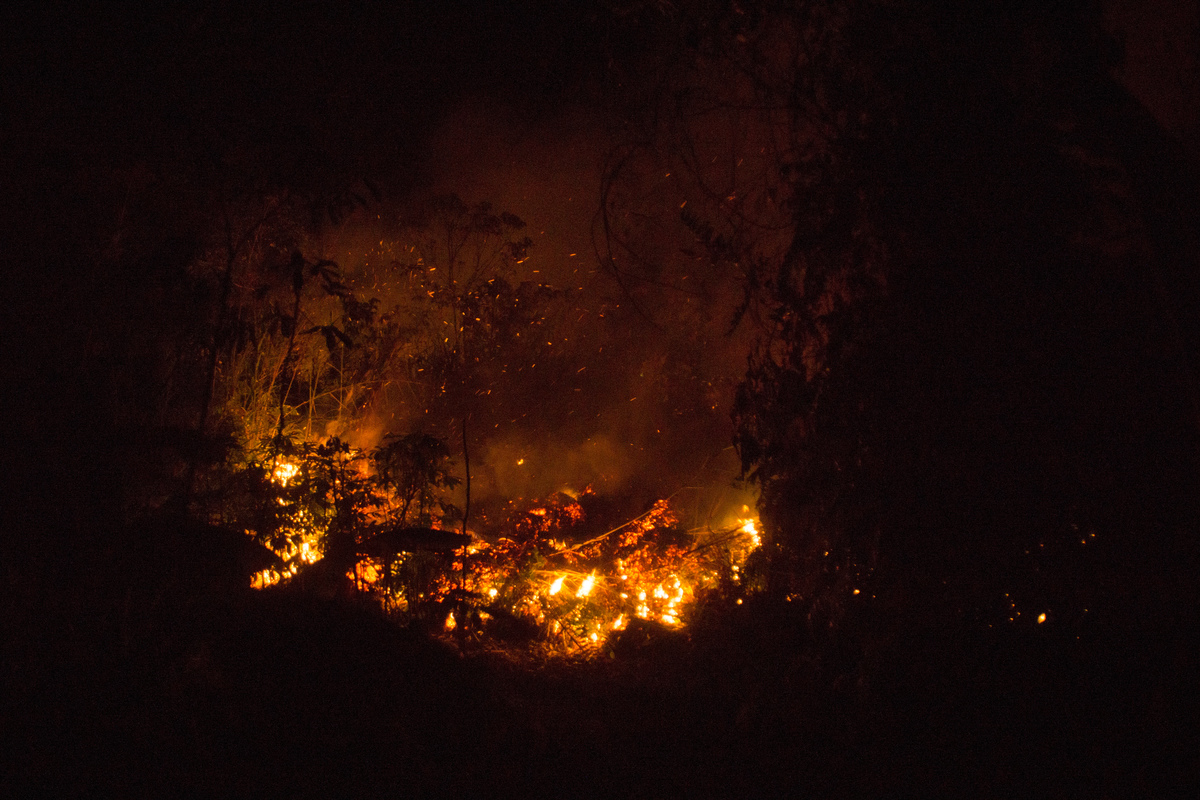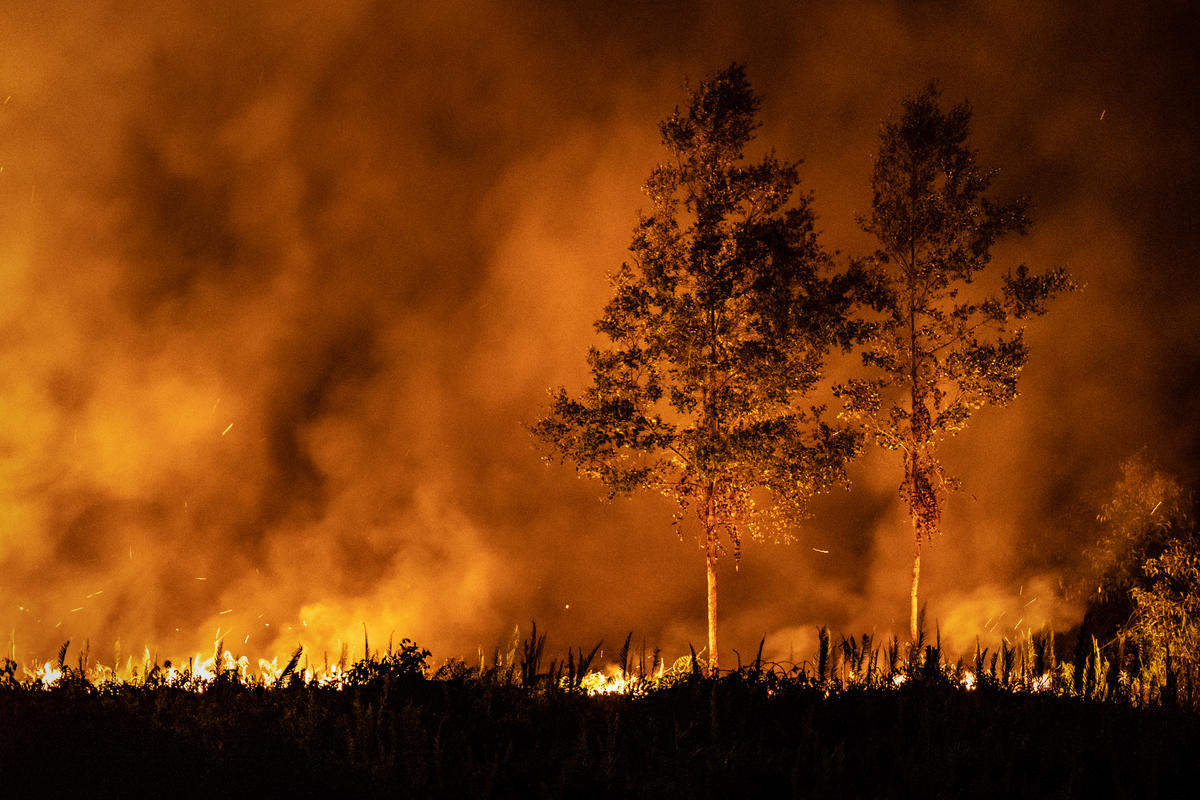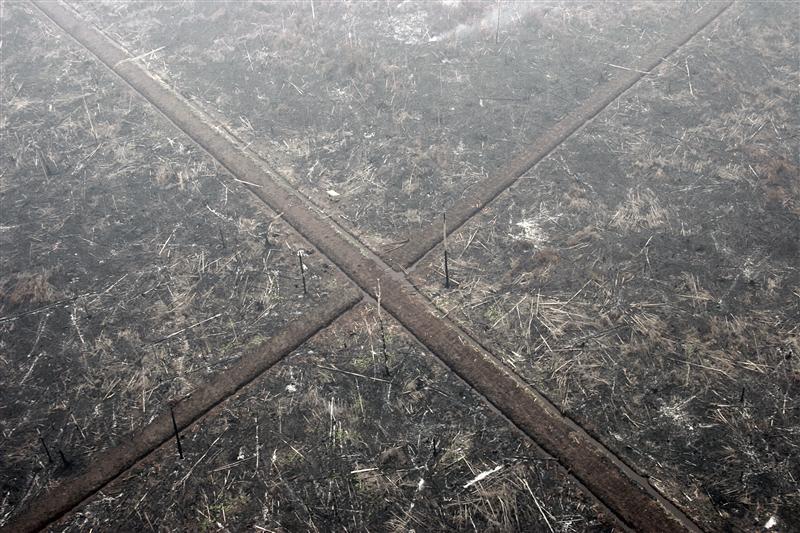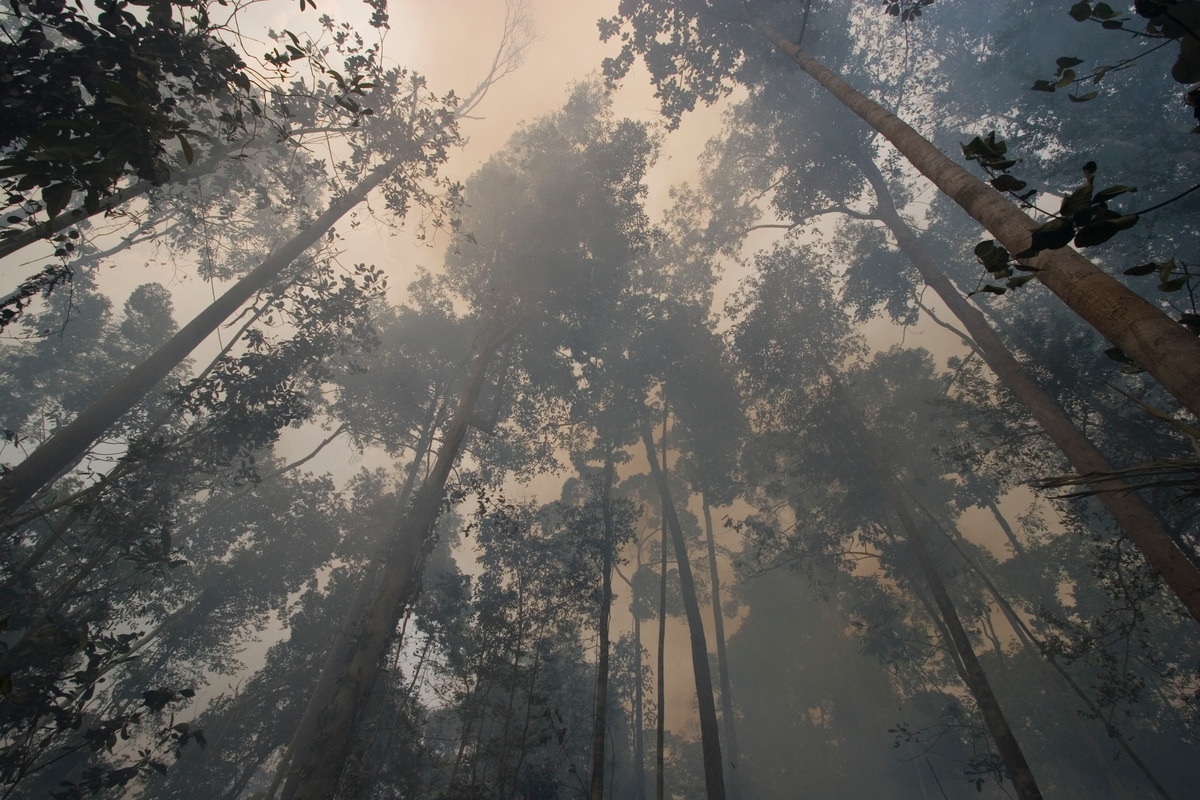All articles
-
There is no smoke without fire
The fires blazing in Indonesia, that have placed nearly 10 million children at risk, are linked to companies widely considered to be “sustainability leaders” in palm oil. Greenpeace International’s research found that Unilever, Mondelez, Nestle, and P&G are each linked to nearly 10,000 fire hotspots in 2019 alone.
-
Top consumer companies’ palm oil sustainability claims go up in flames
Unilever, Mondelez, Nestle, and P&G are each linked to up to 10,000 fire hotspots, as they buy from palm oil producer groups with the highest numbers of fire hotpots in 2019. The palm oil traders Wilmar, Cargill, Musim Mas, and Golden-Agri Resources (GAR) have extensive links to this year’s fires in Indonesia and together supply…
-
A haze-free ASEAN by 2020 – are we there yet?
This year, the plummeting air quality in Southeast Asia, caused by forest fires in parts of Indonesia and the Mekong Sub-Region, has raised questions on the effectiveness of an ASEAN agreement to prevent haze pollution.
-
ASEAN HAZE 2019: THE BATTLE OF LIABILITY
Indonesia saw massive forest fires and haze during the period July - October 2019. Transboundary haze from these fires, particularly from sources in in Sumatra and Kalimantan reached Singapore and Malaysia during September 2019, noticeably worsening measured air quality.
-
Palm oil and pulp companies with most burned land go unpunished as Indonesian forest fires rage
Despite the ongoing Indonesian forest fire crisis, no serious civil or administrative sanctions have been given to the ten palm oil companies with the largest areas of burned land from 2015 to 2018, new Greenpeace Indonesia mapping analysis revealed. The Indonesian government has also not revoked a single palm oil licence due to forest fires.
-
Indonesian Forest Fires Crisis: Palm oil and pulp companies with largest burned land areas are going unpunished
A total of 3,403,000 hectares (ha) of land burned between the years 2015 and 2018 in Indonesia, according to analysis of official government burn scar data. In 2015 alone more than 2,600,000 ha of land burned. The fires that ravaged Indonesia in 2015 are considered one of the greatest environmental disasters of the 21st century…
-
Why we’ve had enough of broken promises to protect forests
Today, while the Amazon fires capture international headlines, fires have also been raging here in Indonesia as well that harming the life of so many people.
-
Greenpeace Indonesia’s response to the planned move of the Indonesian capital to East Kalimantan
President Joko Widodo yesterday announced his government's decision to relocate the Indonesian capital to East Kalimantan, to an area straddling Penajam Paser Utara and Kutai Kartanegara districts. Greenpeace Indonesia has several environmental and governance concerns related to this decision as the move will require the conversion of forests and land for urban development, which will…
-
One million hectares burned inside Forest Moratorium area, Greenpeace analysis shows
Greenpeace mapping analysis shows that 1.2 million ha of forest has been lost inside moratorium areas in the seven years since it was first introduced, at an average annual rate of 137,000 ha per year. In the seven years before the moratorium was introduced the annual average deforestation rate was 97,000 ha per year.
-
President Jokowi must accept fires verdict and show he is serious about ending forest fires and people’s suffering
The Supreme Court of Indonesia last week rejected an appeal filed by President Joko ‘Jokowi’ Widodo against a ruling that his national administration and its provincial counterpart failed to do enough to prevent the devastating forest fires which ravaged West and Central Kalimantan and many other provinces during 2015. Indonesia’s highest court reinforced the earlier…

